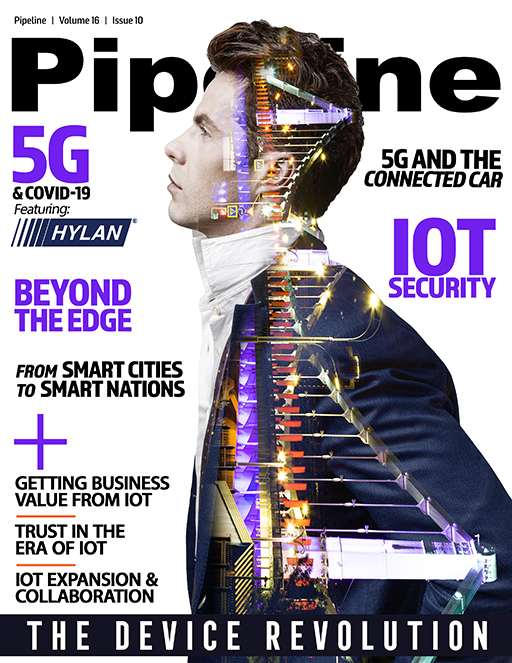From Smart Cities To Smart Nations
By: Mark Cummings, Ph.D., William Yeack, CSE

As it has evolved, the Internet of Things (IoT) has spawned a sister concept: the Smart City. In a Smart City, all of the city’s infrastructure is instrumented, automated, and interconnected with its citizens. In many parts of the world, Smart City has just been a discussion topic, but in a few places, there have been some early implementations. Some individual cities are deploying their own incompatible solutions. As the space matures, there will be a move to Smart Nations.
In today’s early stages of this maturation process, innovation is critical. This means different cities trying different non-compatible approaches. As maturation and innovation unfolds, telcos must determine whether this opportunity represents a new, profitable revenue source or whether it will be captured by superscalers such as AWS, Google, and the emerging specialized IoT Communication Service Providers.
In this competition, the telcos have four critical advantages. They are perceived as more trustworthy in maintaining privacy. They are recognized as having the highest reliability. They also have important existing relationships with key customers in the space. Finally, telcos have demonstrated experience in deploying, maintaining and operating extremely large networks of geographically dispersed resources. Security and privacy will be key issues. To successfully capture this opportunity, the telcos need to add orchestration overlay technology. Such technology will meet the requirements for cost performance, security and privacy, as well as link the cities while they try different things. Building this technology requires a software innovation vendor ecosystem. This requires change, and change is never easy. If telcos are to remain viable, however, in a rapidly changing world, they need to find ways to change as fast as their customers are changing.
The Opportunity
Historically isolated local governments have begun talking about and working on Smart Cities. Las Vegas is an example of a city discussing a possible Smart City prototyping project. Toronto started one, then stopped. Singapore has been an early deployer of Smart City projects. Because Singapore is both a city and a state, it has avoided the question of inter-city interoperability. While the Australians have put aside their regional differences to drive national Smart City adoption, individual cities may have developed individual advantages. It is clear, however, that the major Australian cities are working to harmonize their advances.
Stages of Maturity
Today’s evolution to Smart Nations is similar to how the web evolved—in spurts and stops. To understand this process, it is helpful to have a reference model of the stages of this evolution. The following section explains levels of maturity from two perspectives: individual access to information and system-wide improvements to infrastructure. There are many additional perspectives. A broader range of these perspectives will be discussed in a follow-on article.
Generation 0
Generation 1
In Generation 1, secure bi-directional actionable data is available, as well as orchestration that links information sources. The goal is to provide actionable data that can be used to influence outcomes with a very secure layer. As an example, residents can have online interaction to help lower their electricity costs.
Generation 2
This maturity stage involves orchestration to deploy large scale of sensors and actuators and “Whole of City” consolidation. The goal is a consolidated citizen view of all services provided, as well as a real-time view with detailed granularity of infrastructure. For example, citizens would have one view of the services they consume in one easy-to-use place. They would be able to see adaptive traffic signals base on types and direction of traffic highs and lows, events, and emergencies.



















